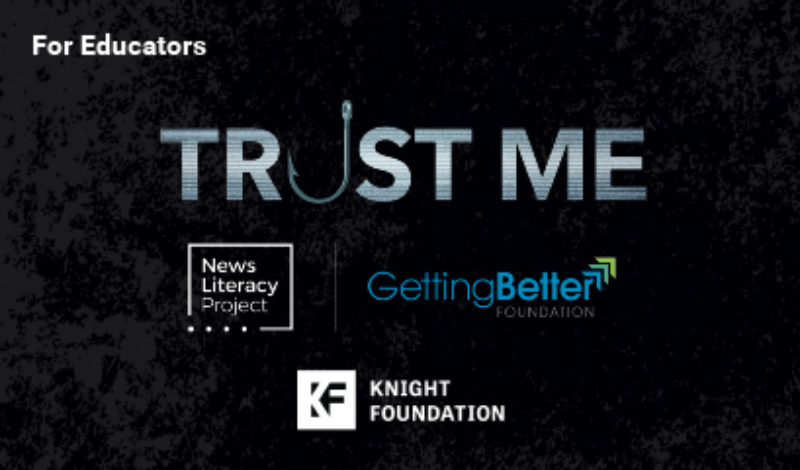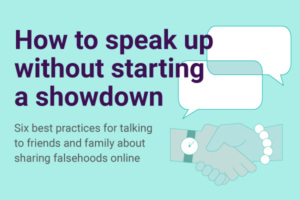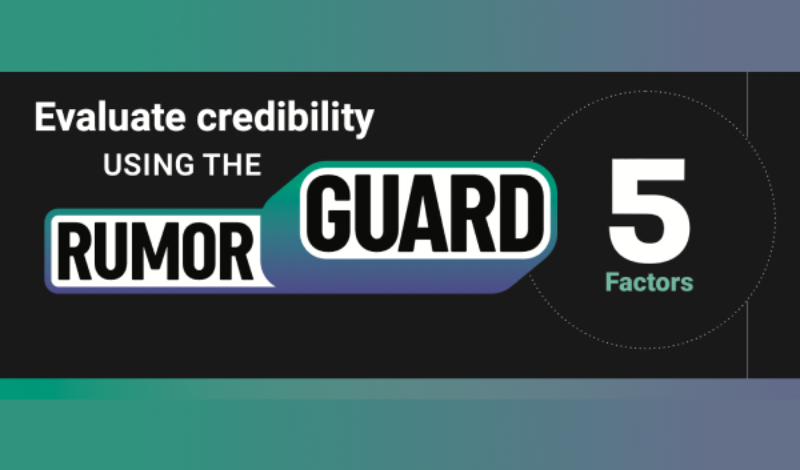
"TRUST ME" classroom guide: A unit on manipulation and misinformation
This is a guide for educators to use with the feature-length documentary “TRUST ME."
 Misinformation is always problematic, but when it appears alongside pet photos and family updates on social media, it can be especially frustrating and unwelcome. It’s one thing if a stranger spreads falsehoods online. But what should we do when we see misinformation shared by family and friends?
Misinformation is always problematic, but when it appears alongside pet photos and family updates on social media, it can be especially frustrating and unwelcome. It’s one thing if a stranger spreads falsehoods online. But what should we do when we see misinformation shared by family and friends?
Stepping into the role of fact-checker when it comes to loved ones can be tricky and stir strong emotions, so it’s worth preparing for — especially as more falsehoods seep across social media and into family and friend group chats.
While every scenario is different, following some general best practices can help keep the conversation civil and make the interaction worthwhile. Use these six tips — with some helpful phrases for getting started — as a guide on how to speak up without starting a showdown. It may not be easy, but talking to loved ones about false or misleading content can help them think twice about what to share in the future.
This is a guide for educators to use with the feature-length documentary “TRUST ME."


Misinformation is all around us, and it has real-world consequences.


Don’t get caught off guard. Recognize misinformation and stop it in its tracks by using RumorGuard’s 5 Factors for


Student voices are catalysts for positive change in schools and communities. You can empower them to be well-informed and


Misinformation comes at us every day, across many platforms and through a variety of methods.



